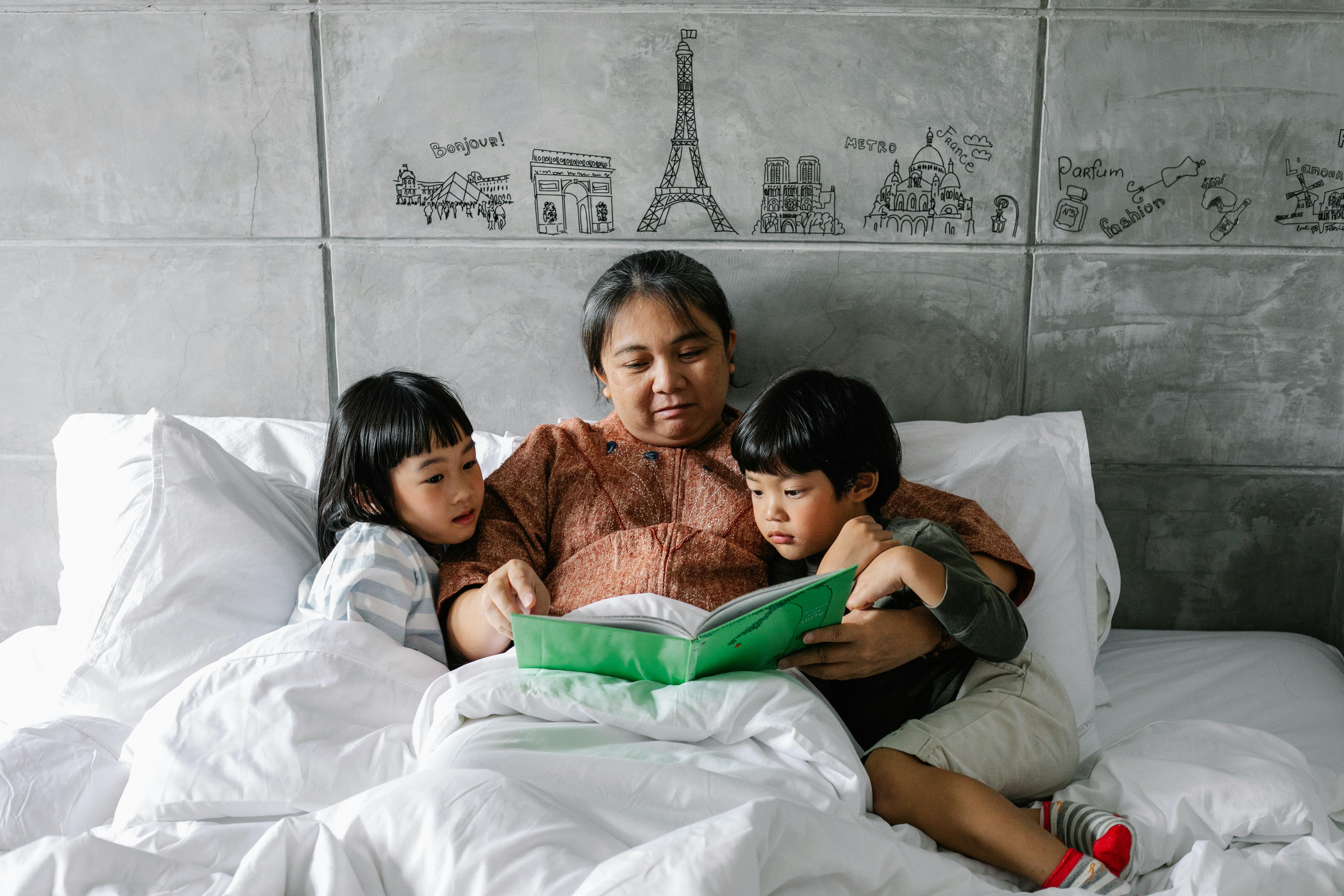
How to help your child deal with colds
The common cold is an infection of the upper respiratory system, which means it affects only the throat, nose, and ears. It is usually caused by a virus, most commonly rhinovirus or coronavirus, but more than 200 viruses can cause colds. Since there are so many, it is virtually impossible to create a vaccine or shot that will prevent you or your child from catching a cold.
How your child can catch a cold
When a person has a buildup of cold mucus in the nose. When that person coughs or sneezes, he sends small amounts of virus-filled mucus into the air. If your child is around this person, they could inhale these virus-filled mucus droplets and catch a cold.
Another way your child can catch a cold is if they rub their eyes or nose after touching an object that a sick person has touched and transferred cold viruses to. Your child may catch a cold in crowded places, such as a mall, school, or daycare. Door handles, food and drink, and school desks can be breeding grounds for viruses.
When your child catches a cold, the virus sticks to the inside of his nose. The virus then takes control of the cells lining your child’s nose and begins to create more viruses.
Sneezing is a common symptom of colds. A person or child with a cold sneezes because the nerves detect the irritation in the nose and tell the lungs to send a puff of air through the nose and mouth. A sneeze can travel as fast as 100 miles per hour or even faster.
Signs and symptoms of colds
Illnesses provide clues that let you and your child’s doctor know that your child is sick. These clues are called symptoms. When your child catches a cold, it will take a couple of days for the symptoms to appear. Check if your child has any of the following symptoms:
• Cough
• sneezing
• Rhinorrhea
• Nasal congestion or nasal congestion that makes it difficult to breathe
• Crying eyes
• Itchy or sore throat
• Chills in the body
• Low fever (37.2 to 37.8 °C or 100 to 101 °F)
• Feeling tired
• Loss of appetite
If your child has one or more of these symptoms, they most likely have a cold.
How to help your child feel better
Colds usually go away on their own. Still, it’s nice to know that our bodies have a built-in cold cure, the immune system. Our immune system helps our body fight disease. It sends out white blood cells to fight whatever is causing the illness, which in this case is the cold virus, and causes the cold symptoms.
Although there are no vaccines or medications available that can truly cure a cold, what you can do is relieve your child’s cold symptoms to help them feel better. Here are some of the things you can do:
• Give your child hot food and drinks. Hot foods and drinks ease coughs and sore throats while helping to clear up mucus. One of the most popular foods for colds is chicken soup.
• Steam. Giving your child a steam bath helps clear a stuffy nose. You can also use a humidifier to soothe a sore throat.
• Have your child blow his nose to clear the mucus.
• Make sure your child gets plenty of rest.